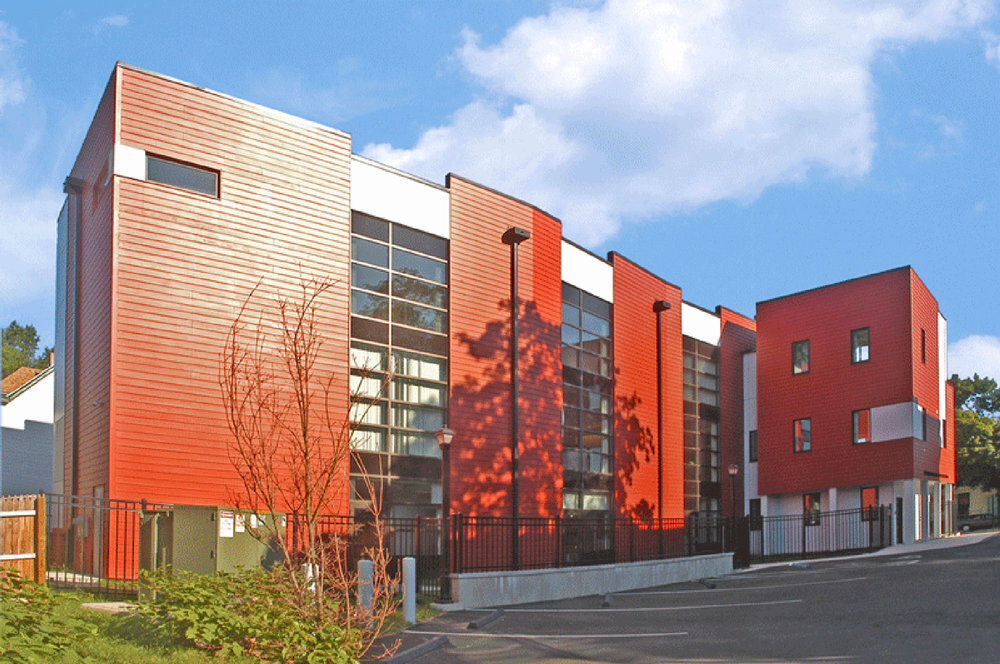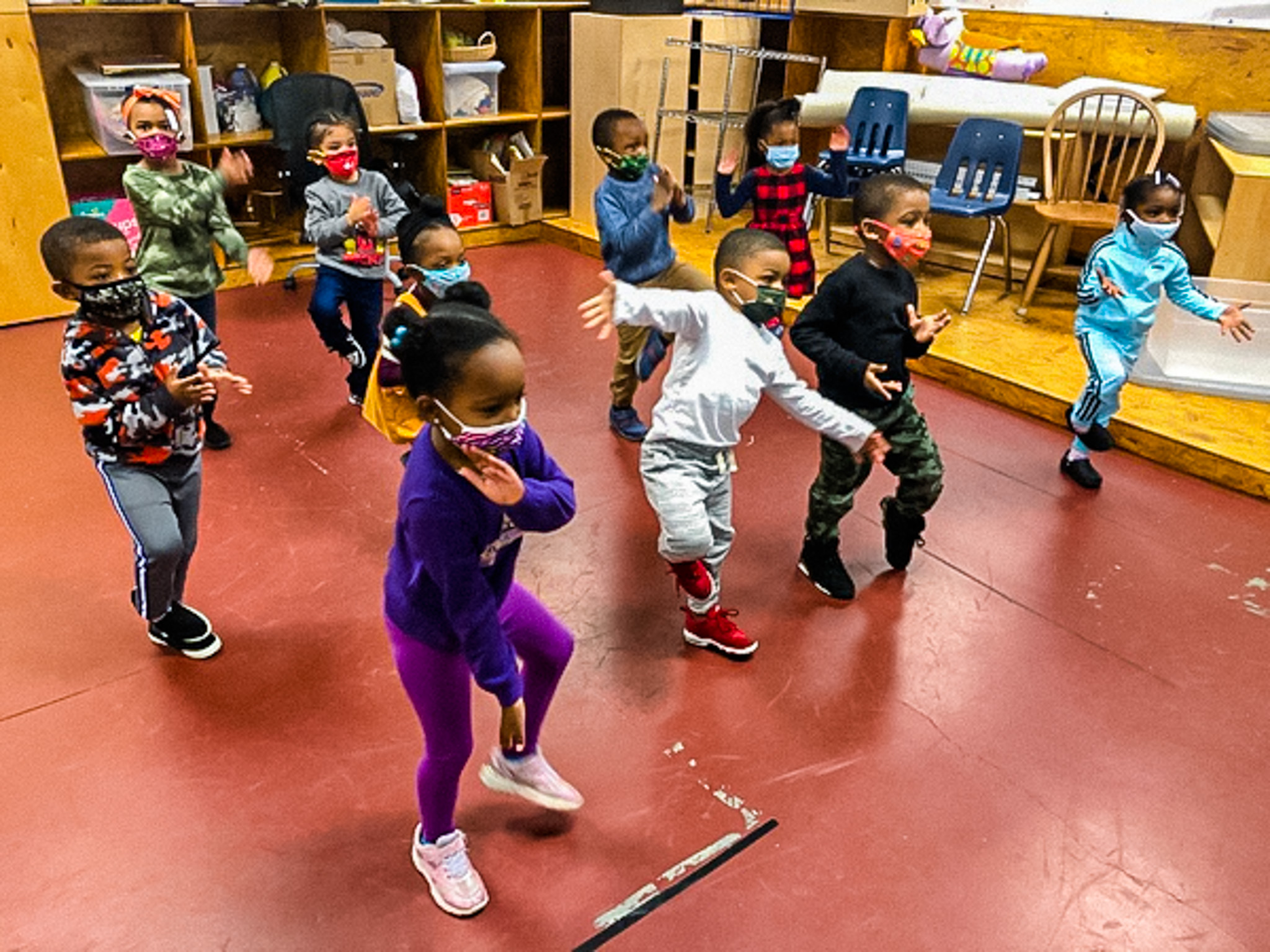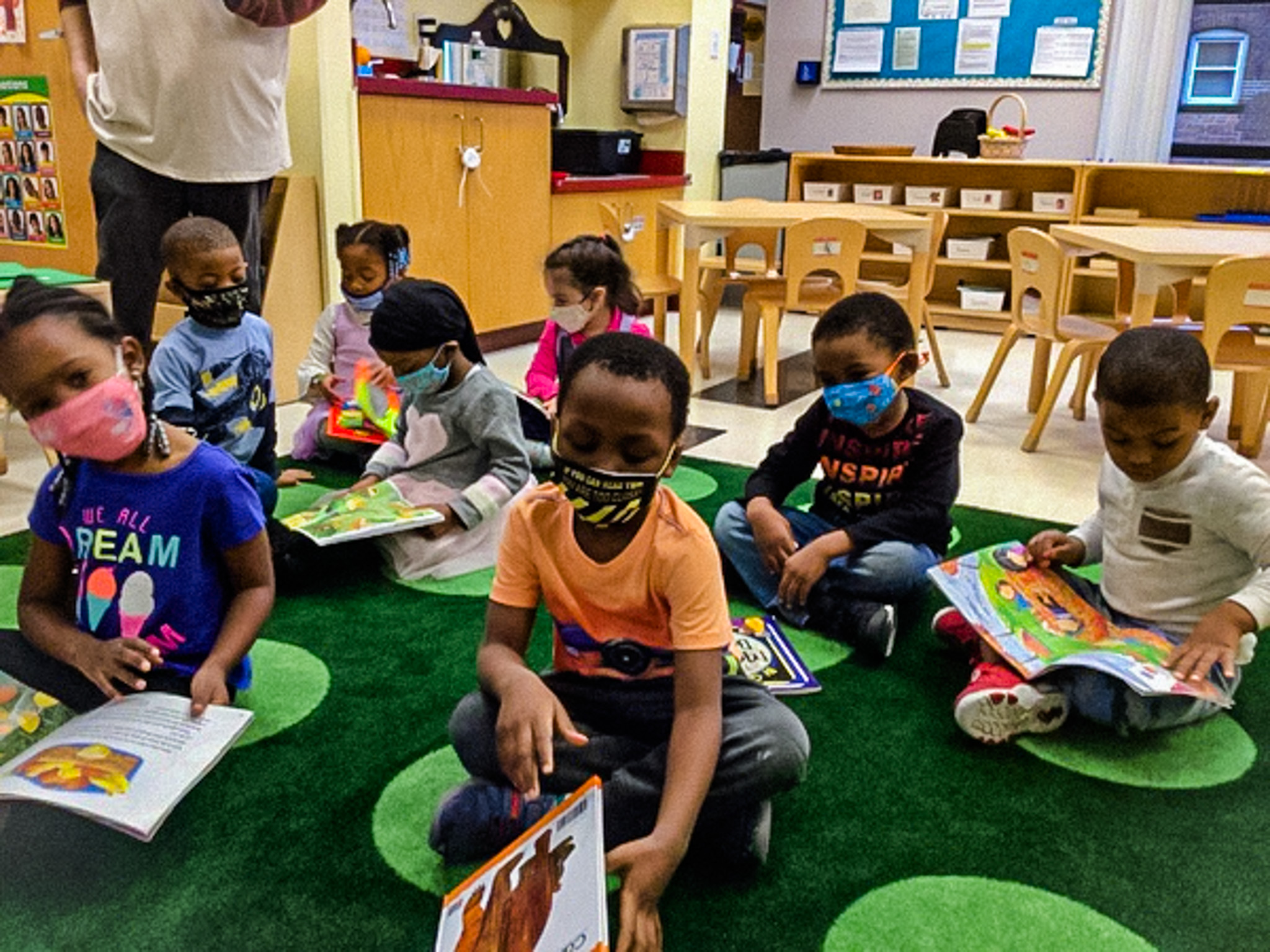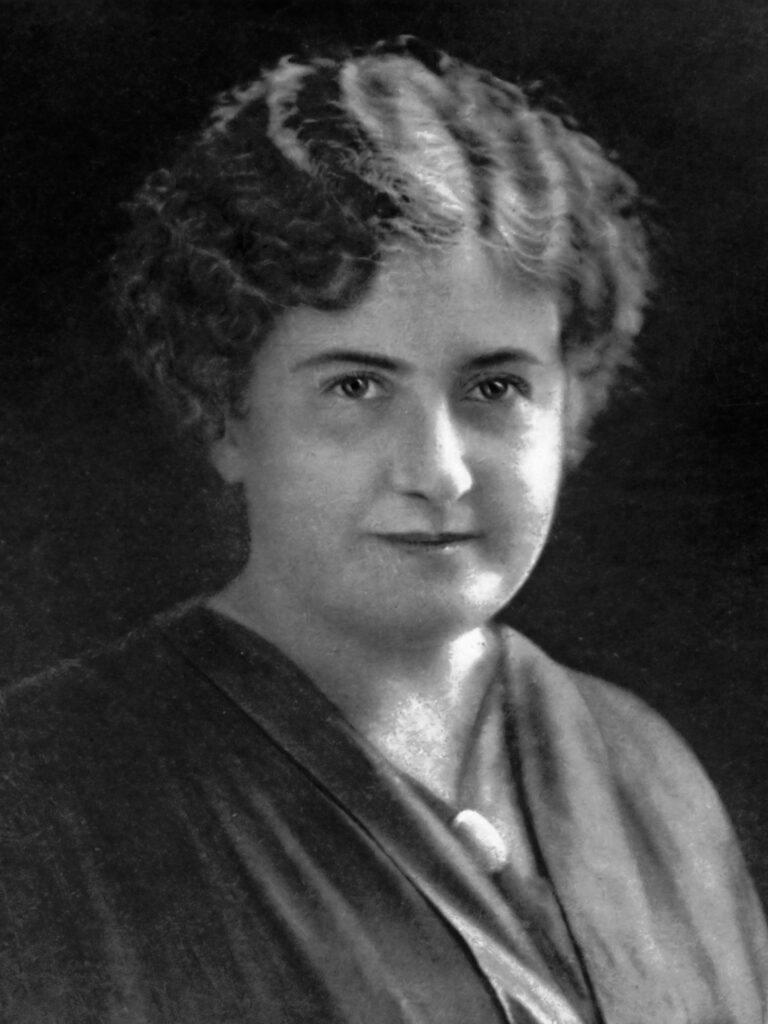

Dr. Maria Montessori
In 1906, Dr. Maria Montessori, an Italian educator, physician, and scientist, who had just judged an international competition on the subjects of scientific pedagogy and experimental psychology, was invited to create a childcare center in San Lorenzo, a poor, inner-city district of Rome. There, she would be working with some of the area’s most disadvantaged, and previously unschooled, children.
Casa dei Bambini
She opened the doors on January 6, 1907, calling the center the Casa dei Bambini—Italian for “Children’s House.” Dr. Montessori was determined to make the Casa a quality educational environment for these youngsters, whom many had thought were unable to learn—and she did.
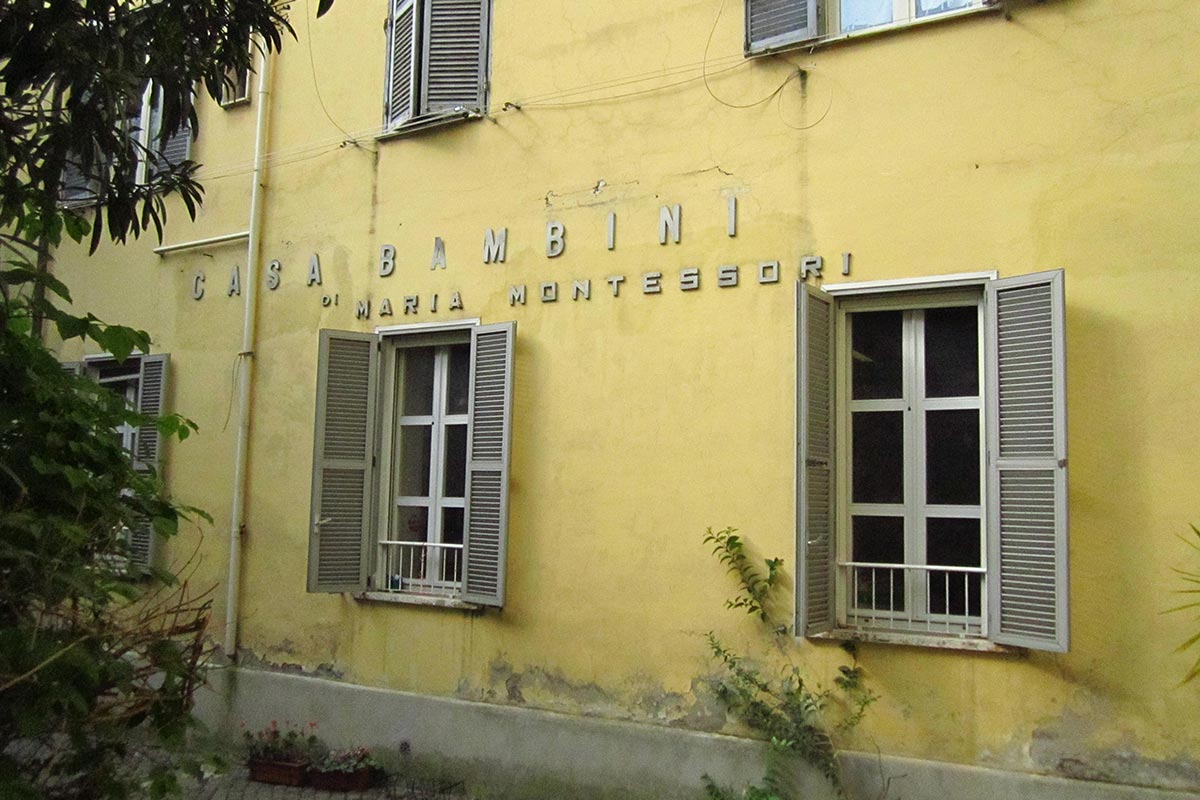


The Children
While the children were unruly at first, they soon showed great interest in working with puzzles, learning to prepare meals and clean their environment, and engaging in hands-on learning experiences. Dr. Montessori observed that before long, the children exhibited calm, peaceful behavior, periods of deep concentration, and a sense of order in caring for their environment. She saw that the children absorbed knowledge from their surroundings, essentially teaching themselves.
Montessori's Impact
Utilizing scientific observation and experience gained from her earlier work with young children, Dr. Montessori designed unique learning materials for them, many of which are still in use in Montessori classrooms today, and created a classroom environment that fostered the children’s natural desire to learn.



